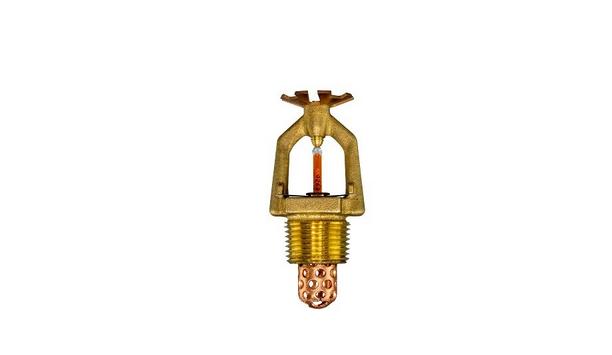Fire is a complex force of nature that can quickly wreak havoc throughout a modern building, putting lives and property at risk. But proper fire prevention and preparation can help to manage this threat and in turn, keep employees safe in an emergency.
Proper fire preparation means more than just installing the correct extinguishers and sprinkler systems. It's about giving people the tools to act calmly and practically in a crisis, where this can be taught through a comprehensive fire safety training program.
Read on to learn more about what is covered in workplace fire safety training, from escape routes to extinguisher applications.
Fire Discovery & Immediate Action
A key part of fire safety training is to understand what to do in case of a fire
A key part of fire safety training is to understand what to do in case of a fire. Employees should only ever attempt to tackle a fire themselves if it’s in its earliest stages, where they should never allow a fire to block the exit.
Upon discovering the fire, the advice is to activate the nearest fire alarm and follow escape routes immediately, helping others to evacuate if they’re able to do so.
Different fire types
Basic fire training will also address the different types of fire that employees could experience in the workplace. Each demands a different response, where fire extinguishers are labeled to explain what fire type they are designed to put out.
Fires are categorized depending on what’s burning, where this could be combustible materials, flammable liquids, burning metals or cooking fats.
Using a fire extinguisher
It is important that every employee knows how to handle a fire extinguisher in the event of an emergency, where this can be explained using the PASS acronym:
- Pull - pull the extinguisher pin to break the seal and test away from the operator
- Aim - Approach at a safe distance and aim the extinguisher nozzle at the base of the fire
- Squeeze - Squeeze the extinguisher handles together to release its content
- Sweep - Sweep the nozzle from side to side, directing the extinguisher at the fire base
Evacuation procedures
Employees should also be aware of how to follow the proper workplace evacuation procedures
Employees should also be aware of how to follow the proper workplace evacuation procedures.
This includes being aware of nearby fire exits and escape routes, where they should always close doors behind them when evacuating, in order to prevent the spread of fire.
Thameside Fire Protection
Thameside Fire Protection can provide any workplace with comprehensive fire safety training, so as to help keep everyone safe in an emergency.
In addition to this, they can also offer fire alarm installations, sprinkler fittings and marine safety kits to address a wide range of safety threats. Contact them directly to find out more about how they can help.















